The trading industry has evolved faster in the last five years than in the previous twenty.
Thanks to empresas de utilería (short for proprietary trading firms), traders no longer need millions in capital to access large accounts. Instead, they can trade firm capital, prove consistency, and earn payouts — all from their laptop.
But while prop trading is booming, especially in mercados de futuros, many new traders don’t fully understand how it works or what it takes to succeed long term.
If you’ve ever wondered how traders get funded or what makes futures such a popular choice for prop firms, this guide breaks down everything you need to know.
🧠 What Is a Prop Firm?
A proprietary trading firm funds skilled traders to trade with the firm’s capital. In return, traders keep a percentage of profits (often 80–90%) while the firm assumes most of the risk.
Instead of using your own savings, you trade with the firm’s money — but you must first prove your consistency by passing an fase de evaluación or “challenge.”
Common Prop Firm Challenge Steps:
- Evaluation Phase: Meet specific profit targets (e.g., +8%) while staying under a max daily or overall loss limit.
- Verification Phase (optional): Prove your performance over a longer period.
- Funded Account: Once approved, you trade live firm capital and share profits.
Prop firms exist across many markets, but the futures sector — particularly E-mini indexes like NQ (Nasdaq), ES (S&P 500), and YM (Dow) — has become their primary playground.
📈 Why Prop Firms Love Futures Traders
Futures contracts have become the backbone of modern prop firm trading. Here’s why:
1. 24-Hour Liquidity
Futures markets trade nearly around the clock, offering consistent opportunities for traders worldwide.
2. Low Transaction Costs
Compared to equities, futures trading has tight spreads and lower commissions, making them ideal for high-frequency and day trading.
3. Regulated and Transparent
Unlike forex brokers that vary by region, futures are exchange-traded on regulated platforms like the CME — with centralized pricing and strict risk management.
4. Leverage Without Chaos
Futures offer significant leverage (often 20–50x), but the risk is controlled through margin requirements rather than unpredictable broker behavior.
5. Scalability and Consistency
Prop firms love scalable setups. Futures allow uniform trade sizes and consistent liquidity, which makes scaling up capital much easier than in less liquid markets.
💡 The Prop Firm Model: Opportunity and Discipline
Prop firms create opportunity — but also demand discipline.
Passing a challenge isn’t just about making money; it’s about proving you can manage risk, consistency, and psychology.
Here’s What Prop Firms Look For:
- Steady returns — no huge drawdowns.
- Defined risk per trade — usually 1–2% max.
- Control emocional — patience, structure, and rule-based execution.
- Longevity mindset — can you trade profitably for 3–6 months, not just 3 days?
A trader who turns $100K into $110K with consistent daily performance is more valuable than someone who hits $115K fast but risks blowing up.
⚙️ Why Futures Fit Perfectly for Prop Traders
Futures are often used by professional prop traders for a reason — they offer the perfect balance of liquidity, volatility, and structure.
The Most Popular Futures Instruments:
- ES (E-mini S&P 500): Stable, deep liquidity, ideal for structure-based setups.
- NQ (E-mini Nasdaq): Higher volatility, great for momentum and breakout traders.
- CL (Crude Oil): Excellent for volume and range traders.
- GC (Gold): Great for macro and swing setups tied to inflation and dollar moves.
Futures traders can build mechanical systems or discretionary setups around time-based structures, volume profiles, or VWAP zones — all strategies prop firms love because they scale well.
⚠️ Common Mistakes New Prop Traders Make
Passing a prop firm challenge looks simple on paper — hit a profit target and don’t lose too much. But most traders fail not because of skill, but because of discipline errors.
Here are the top mistakes:
- Sobrecompra — taking too many trades out of boredom or revenge.
- Ignoring max drawdown rules — blowing up accounts from one bad day.
- Trading emotionally — switching strategies mid-challenge.
- Forgetting it’s a business — focusing on fast profits instead of long-term performance.
A prop account is like a business loan. You don’t just get it — you have to earn it through consistency.
🧩 The Psychology Behind Prop and Futures Trading
Prop trading amplifies both your potential and your pressure.
You’re no longer trading your own $1,000 account — you might be managing $50K, $100K, or even $500K.
That kind of responsibility demands composure.
Here’s how professionals manage it:
- They focus on execution, not results. You can’t control outcomes, only your actions.
- They treat every trade as one of thousands. No single trade defines them.
- They master emotional detachment. Fear and greed kill more prop accounts than bad setups ever could.
Trading big capital doesn’t make you a better trader — discipline does.
💬 Real Talk: Prop Trading Isn’t Free Money
Prop firms aren’t giving you money out of generosity — they’re testing for one thing: sustainability.
They want traders who can manage risk and stay calm under pressure.
Most firms expect only 2–4% monthly returns — they don’t need gamblers, they need professionals.
If you treat prop trading like a get-rich-quick plan, you’ll join the 90% who fail.
But if you treat it like a partnership, it can change your trading career.
🎯 Reflexiones finales
Prop firms and futures trading have opened the doors for traders everywhere to trade professionally without needing massive capital.
The key isn’t passing one challenge — it’s developing the structure, emotional control, and strategy to stay consistent long after you do.
If you can prove discipline with someone else’s capital, imagine what you’ll do with your own.
Opere de forma más inteligente con EPIQ
En Parqué EPIQ, we help traders build the foundation and structure needed to pass prop firm challenges and trade futures with confidence.
En el interior, obtendrá:
✅ Futures trading breakdowns on NQ, ES, CL, and GC
✅ Risk management templates built for prop firm evaluations
✅ Strategy deep dives on volume, VWAP, and session-based setups
✅ Access to a trading community filled with funded traders and mentors
Comienza tu 3 días de prueba gratuita today and learn how to trade like a professional — whether it’s your account or the firm’s.
Asesoramiento no financiero (NFA): This article is for educational purposes only and not financial advice. Always do your own research and manage your risk responsibly.


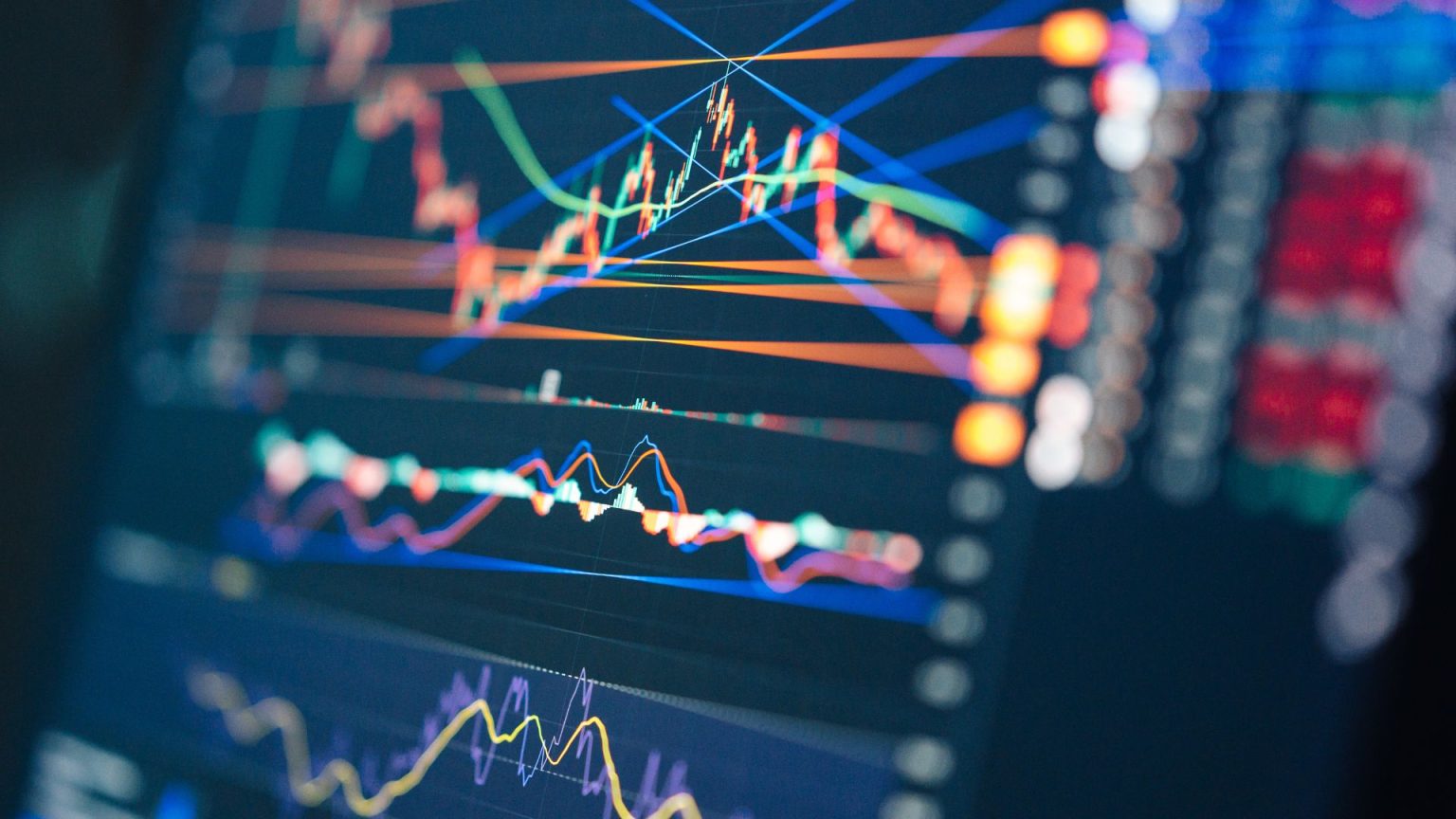

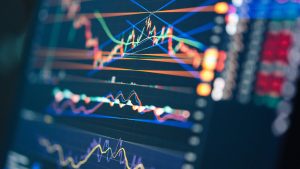
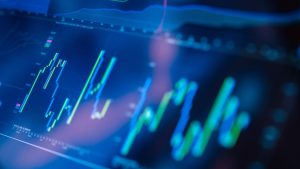
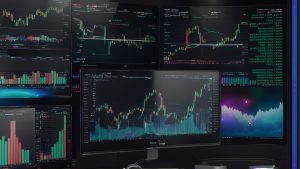
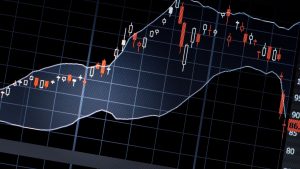
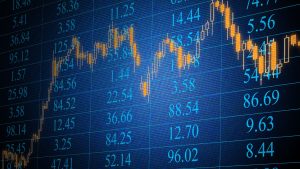

Respuestas